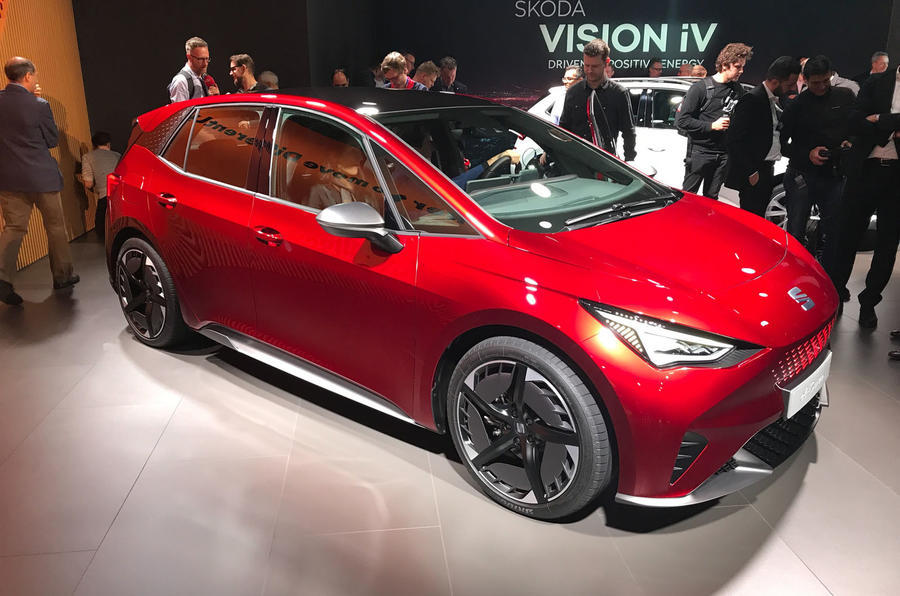Company bosses are focusing on expanding the Cupra brand but Seat could break its EV silence soon.
The Seat brand could be given a lifeline by reduced EV development costs over the coming years, as bosses plot the Spanish car maker’s future in light of the rapid electrification and growing popularity of sporting sub-brand Cupra, which is launching in Australia this year.
Seat has not launched an all-new product since the Seat Leon hatchback in 2020, and although it was set to launch the El-Born as a Volkswagen ID 3-based electric hatchback, that car then became the Cupra Born – and Seat has since remained tight-lipped on future product plans while Cupra has revealed an onslaught of bespoke electrified models for launch by 2025.
But now it has emerged that company bosses could set the Seat brand on the path to an electric future in the coming years, when component and engineering costs have come down.
Asked by Automotive Daily Network partner Autocar about the future of Seat, R&D boss Werner Tietz said: “The Leon is a completely new car and we have just updated the Ibiza and Arona. Now it’s time for Cupra and also to electrify Cupra.
“For now, electrification is still a little bit expensive. We think we have to concentrate on electrifying Cupra, and when the prices for the components go down – batteries and ‘e-machines’ are cheaper – then we can discuss and consider talking about Seat again.”
His comments come as confirmation that future cars with the Seat badge remain a possibility, even as Cupra’s global growth rapidly accelerates.
It is not clear whether one of these Seat cars could be a sibling for the new Cupra Urban Rebel compact EV – and its Skoda and Volkswagen siblings – but Seat has access to both standard and short-wheelbase versions of the VW Group’s MEB architecture and, come 2025, that platform’s SSP successor, opening up the possibility of a range of Seat EVs in different segments.
Tietz went on to suggest that the Cupra brand could not replace Seat outright because the two are aimed at “a completely different kind of customer”.
He added: “We have a very small overlap of 10-15 per cent between Seat and Cupra [customers]. The rest are really new customers. Also in the Volkswagen Group, you have nearly no overlap with other brands. The Cupra customers are completely different.”
Details of future Seat-badged products remain completely under wraps, but bosses will no doubt be looking to replace some of the oldest models in its portfolio. The Seat Ateca crossover, for example, has been on sale since 2016, and the Seat Ibiza and Seat Arona siblings since 2017.
Felix Page





